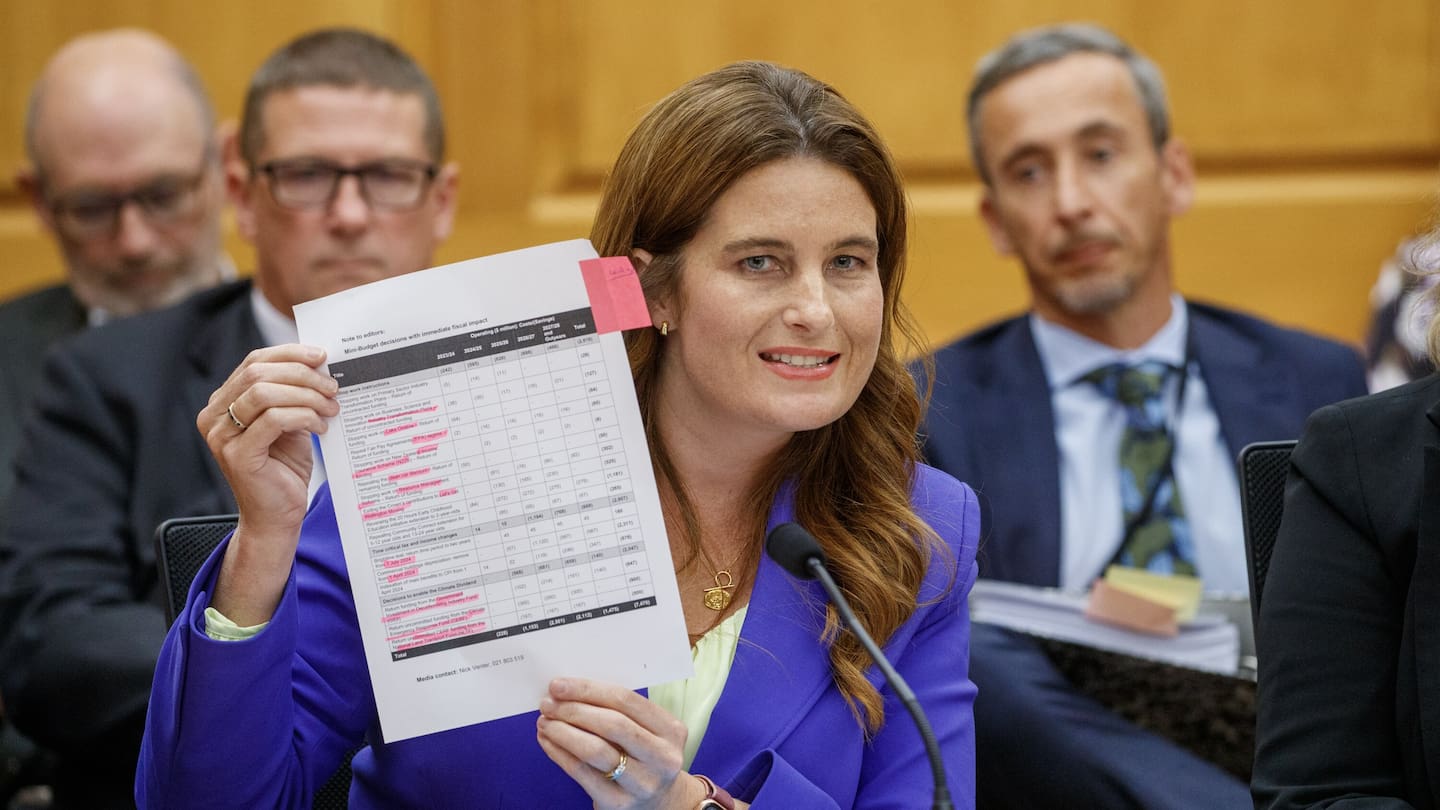Replacing an old house with a new one doesn't mean any more accommodation is provided.... it's just rehousing the same number of people. That's why the waiting list for KO houses has gone from 5,844 when Labour started their last term in 2017 to over 23,000. Replacing old stock doesn't house these people.Most of that is noise. Labour strangled itself with the debt responsibility targets, and their spin reflects this.
Do you not consider replacement stock as new (if the homes weren't usable previously)?
They can claim, in a way, that they are providing all transitional housing, because they are paying for it all at great cost.
My angle is whether the Govt should be doing it. Because that is the bit that is going to be dismantled by Bill English (I suspect).
The biggest thing holding KO back is the govt adherence to shitty low debt targets. Which are meaningless.
KO helps in two ways, expanding housing supply (lowering rents, increasing disposable income) and expanding the building sector (increase capacity). Debt should not matter here, until we meet need. Oversight should be about whether they are functioning and providing the new homes efficiently, not whether the debt is too high.
This what happens when KO can't pay back it's debt, and you have a previous government "unconcerned" about it. And this is paying back current debt.... not new debt that will be needed for replacement stock or new stock.


